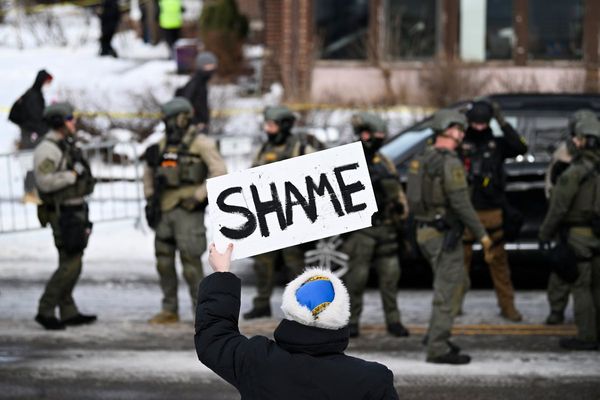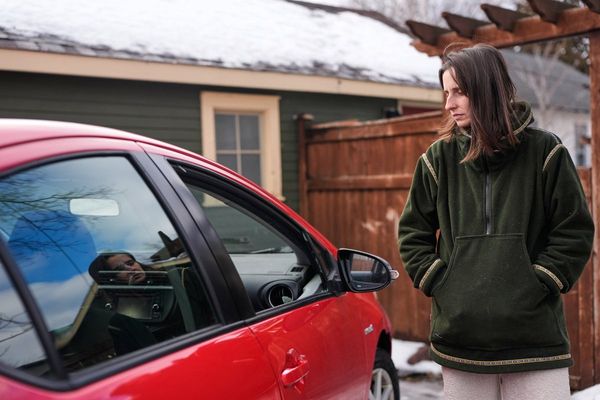
Robert Godsill (Letters, 11 April) is right to say that the connection between England’s rulers and slavery goes back further than William III. However, in referring to the Drogheda massacre of 1649 – Oliver Cromwell’s sacking of the city during his invasion to destroy the Irish Confederation – he is wrong to say that the lord protector sent many of the survivors to Barbados as slaves.
Ireland was the grisly theatre of England’s first colony and the laboratory in which it perfected its strategies of colonial atrocities against civilian populations. The Irish were displaced from their land, suffered through English-engineered famines and massacred on a regular basis, all in the name of English imperialism. Queen Elizabeth’s lord deputy of Ireland, Arthur Chichester, declared that Irish “barbarism gives us cause to think them unworthy of other treatment than to be made perpetual slaves to Her Majesty”. Despite this, while thousands of Irish people were deported to the Caribbean, none were actually enslaved.
Those sent to the Caribbean were indentured labourers and servants, contracted to English colonists to work for two to seven years. Conditions were often inhumane. When the pamphlet Englands Slavery, or Barbados Merchandize was published in 1659, it caused a scandal, exposing the harsh treatment of indentured servants in the Caribbean, who worked long hours “grinding at the Mills attending the Fornaces, or digging in this scorching Island, having nothing to feed on … but Potatoe Roots, nor to drink but water”. Many tried to stowaway on ships heading back across the Atlantic to England.
But unlike enslaved people, indentured labourers in the colonies had legal rights. In various legal codes, most famously the Barbados Slave Code of 1661, they were clearly defined as servants, not slaves. After their contracts finished, they became independent of their employers and settled down in the Caribbean. In contrast, hundreds of thousands of people from west Africa who toiled alongside Irish and English indentured labourers were chattel slaves, owned as property by their masters, without legal rights and no hope of freedom.
It is important to shed light on the various forms of exploitative labour employed by the violent and voracious English empire, but it is just as important to distinguish between the perpetual – and unprecedented – dehumanisation of people from west Africa, and the temporarily harsh conditions for indentured people from Europe.
Dr David Veevers
Lecturer in early modern history, Bangor University
• Have an opinion on anything you’ve read in the Guardian today? Please email us your letter and it will be considered for publication in our letters section.







